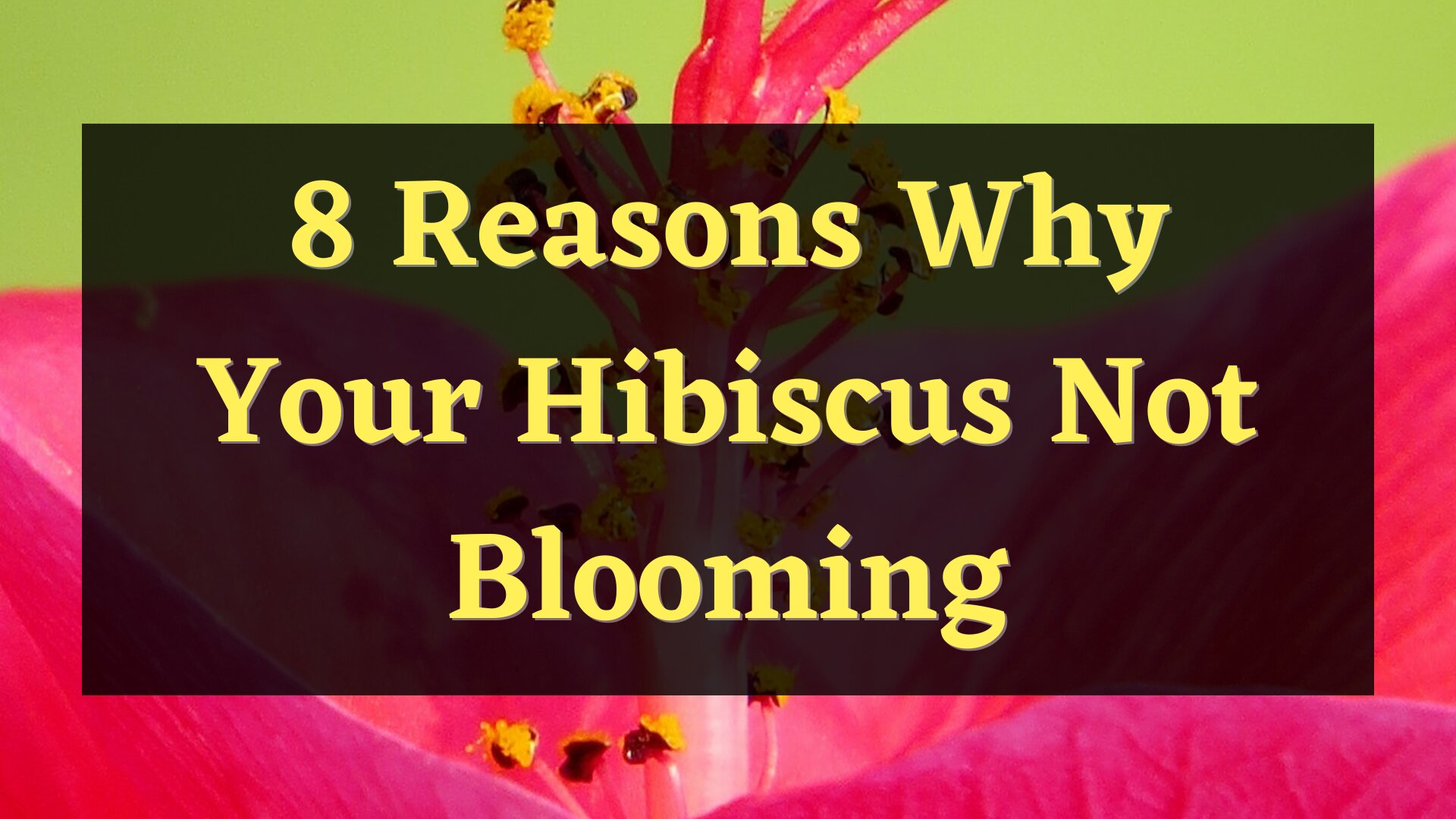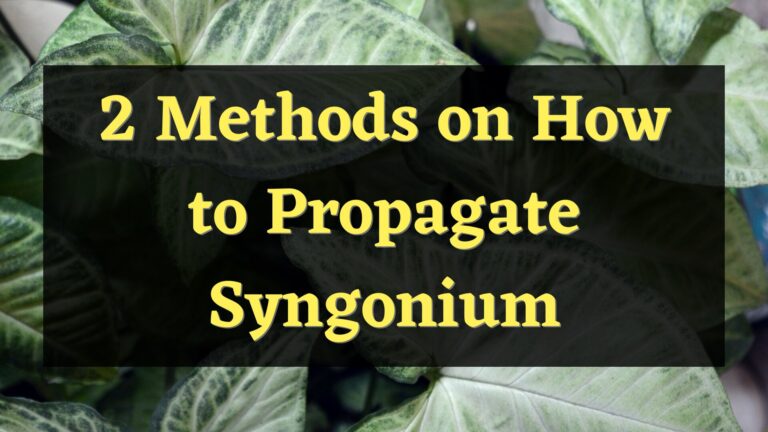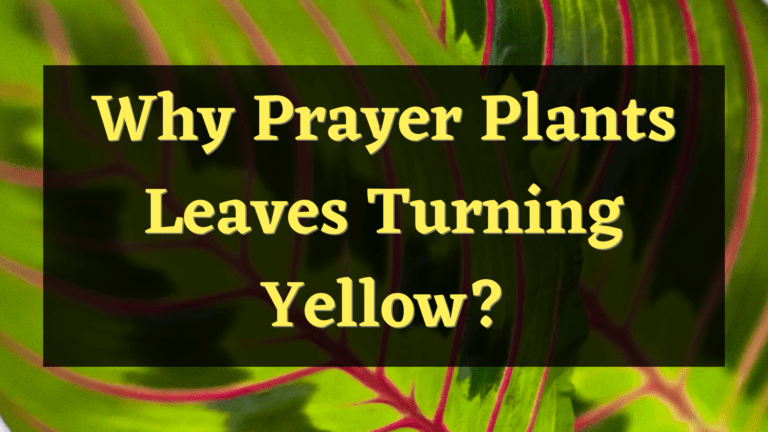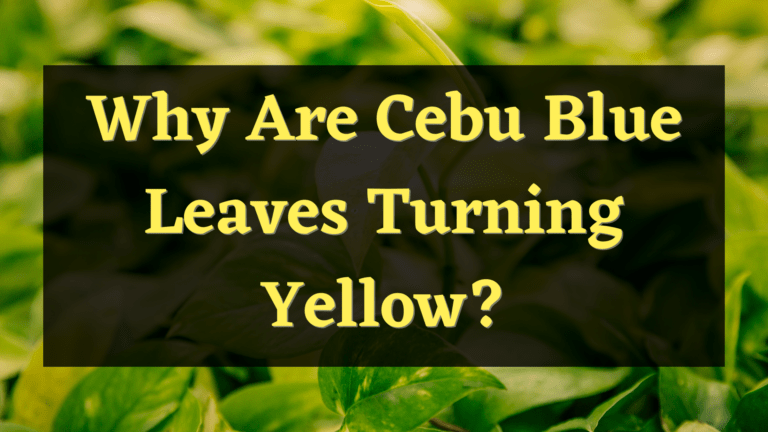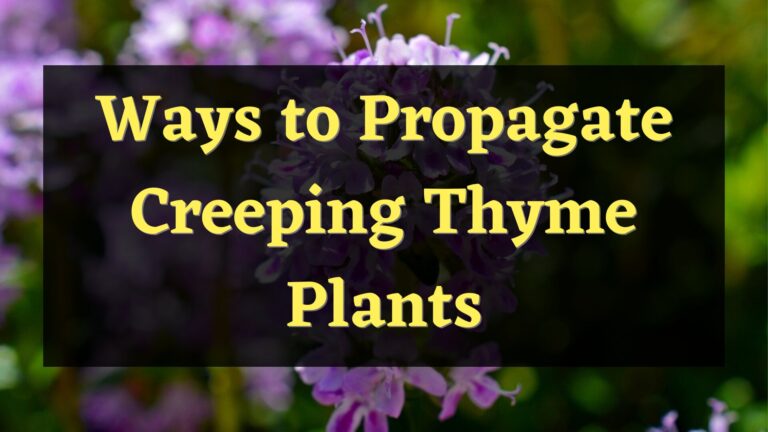There are various reasons for hibiscus not blooming. Environmental conditions are the common factors that affect the blooming of the hibiscus plant. Knowing the specific reason why this plant is not blooming will help you to easily address the problem properly. In this article, the reasons this happens and the things that you can do to address them properly will be discussed.
Why is my hibiscus not blooming?
Hibiscus not blooming can be caused by environmental factors such as light, water, soil, and pests. Here are the reasons why your hibiscus is not starting to flower.
Too much shade
Too much shade stresses out the plant and lessens the energy that the plant gets which prevents it from blooming. If your hibiscus plant is grown indoors, it must be placed in a spot where it will get enough sunlight. If your hibiscus plant is grown outdoors, you should prune the other plants that cast shade on the hibiscus plant.
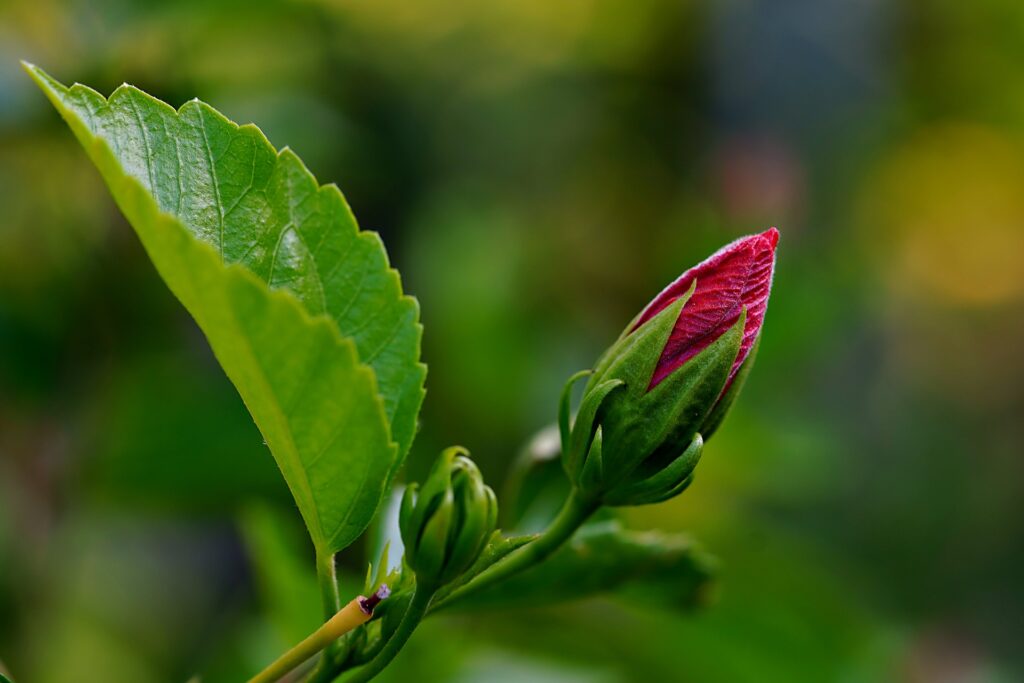
Poor environmental conditions
Cold temperatures and dark areas affect the development of hibiscus plants. If the right temperature and humidity are not maintained, the production of flowers will be affected.
Incorrect Pruning
Pruning hibiscus plants at the wrong time will prevent them from blooming. When you prune it in spring or summer, the buds will also be removed. The plant will get less energy when you prune the stem that receives sunlight. Those stems that receive sunlight are the one that transfers energy to the whole plant.
Overwatering the plant
The root zone will get waterlogged and the roots will rot when the plant receives too much water. Overwatering happens when the plant is not planted in a well-draining pot and soil. It holds more water so the root zone will be affected.
Underwatering the plant
The plant will not be able to mimic its native tropical environment. The foliage of the hibiscus plant will get dry when it is underwater and thus resulting that it will not start to bloom. Underwatering affects the transfer of nutrients from the root zone to the other areas of the plant.
Poor drainage
Poor drainage commonly happens on the plants that are planted in pots. When the pots and soil are not well-draining, the root zone of the plant will be affected. It doesn’t keep the soil aerated and hydrated. Small pots affect the development of flower buds because the roots don’t get enough space to grow. The signs of poor drainage are buds falling and leaves turning yellow.
Incorrect Feeding of Fertilizer
Hibiscus will not produce buds when they don’t get enough nutrients such as potassium, phosphorous, or nitrogen. Too much phosphorous causes the yellowing and dropping of leaves and restricts hibiscus plants from blooming. The plant will produce more foliage when it is fed with too much nitrogen.
Pest Infestation
Pest infestation affects the health of the hibiscus plant. There are insects like thrips that hatch in the buds of the hibiscus. The other pests that commonly infest the buds of the hibiscus plant are aphids, spider mites, mealy bugs, and whitefly. It becomes more susceptible to pests that feed and sap on the buds when it receives too much fertilizer.
How do you get hibiscus to bloom?
Proper care and regular monitoring will encourage the hibiscus plant to bloom at the right time. Here are some of the ways that you can do to get hibiscus to bloom.
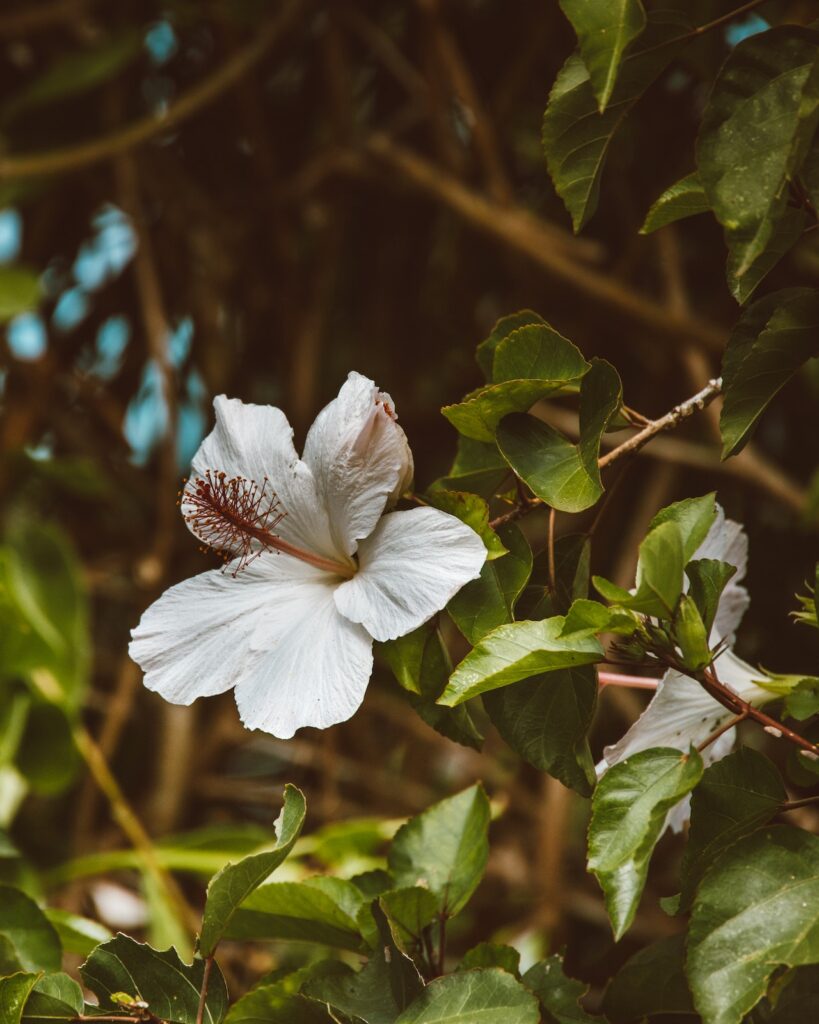
Provide a warm environment.
Hibiscus plant grows better in a warm environment. The ideal temperature is eighteen to twenty-four degrees Celsius. Hibiscus plants must receive at least six hours of sunlight to bloom.
Provide an ideal environmental condition
Check the variety of your hibiscus plant to provide the ideal environment that it needs. Hardy hibiscus tolerates a wide range of temperatures and they bloom longer that the tropical varieties. The temperature, humidity, and the condition of the soil must be maintained to keep the plant healthy and produce more flower buds.
Prune Hibiscus at the right time
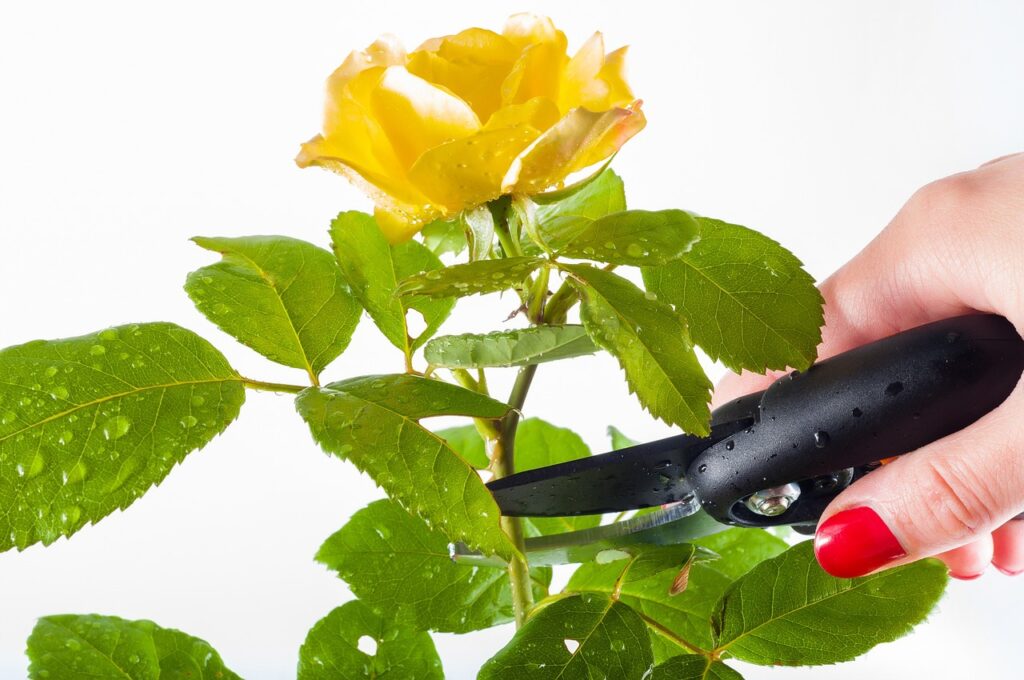
The best season to prune the hibiscus plant is on autumn. It must also be pruned at the right part of the plant. The stem that receives sunlight must not be removed because it is the one that gets the nutrients from the sun and transfers it to the other parts of the plant Deadheading the hibiscus regularly will promote more blooms and keep it more attractive.
Water the plant properly
Watering the plant properly will prevent it from getting dry and experiencing waterlogging. Less watering is needed on cold and rainy days while more watering is needed in hot climates. Water the hibiscus plant when the top inch of the soil gets dry.
Repotting
Repotting is necessary especially when the pot and soil of the plant have not been changed for three to five years. The nutrients of the soil decrease as time goes by so repotting it and providing a new well-draining soil will restore the nutrients. The plant must be transferred to a larger pot to retain its moisture.
Feed enough fertilizer
Fertilizer must be given twice a week during summer to encourage more bloom. The instructions on the package of fertilizer must be followed to ensure proper feeding. The fertilizer must have a balanced amount of nitrogen, phosphorous, and potassium.
Check the pH level of the soil
The ideal pH level of soil for hibiscus plants is 6.5 to 6.8. If the soil has a low pH level, you can use Pennington Fast Acting Lime to increase it. If the soil has a high pH level, applying soil sulfur will lower it.
Use organic mulches
Organic mulches develop the structure and fertility of the soil. Some of the organic mulches that you can add to the soil to keep its moisture are leaves, pine bark, and pine straw. It prevents the weeds from growing on the surface of the plant and preserves moisture in the soil.
Inspecting the plant’s condition regularly
Regular inspection will keep the plant healthy as it can help you to easily notice the signs of plant diseases. Taking good care of the plant helps it to promote growth and produce more flower buds.
Does Epsom salt help hibiscus bloom?
Epsom salt provides a lot of benefits to the hibiscus plant. One of the benefits of spraying Epsom salt on the leaves of hibiscus is encouraging the plant to produce buds and bloom in summer. It provides magnesium sulfate to the plant which contributes to its overall growth.
Conclusion
Environmental factors are the primary reasons for hibiscus not blooming. The way you take care of them has an impact on the plant’s growth. Knowing the variety of your hibiscus plant will make it easier for you to provide it with ideal environmental conditions. Proper care and treatment will encourage it to develop flower buds and bloom at the right time.

Elizabeth Mcmillan is a passionate gardener with a strong interest in plants. She used to be a teacher, but Elizabeth has spent the last few years immersing herself in the world of plants, learning about their biology and cultural value and trying out different ways of growing them in her own garden. Elizabeth Mcmillan loves indoor plants, succulents, and cacti, and her friends and family know her as a plant care expert.

